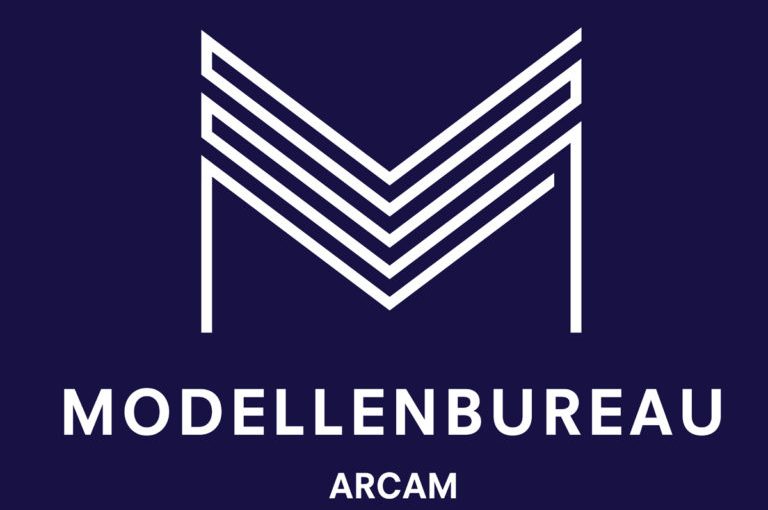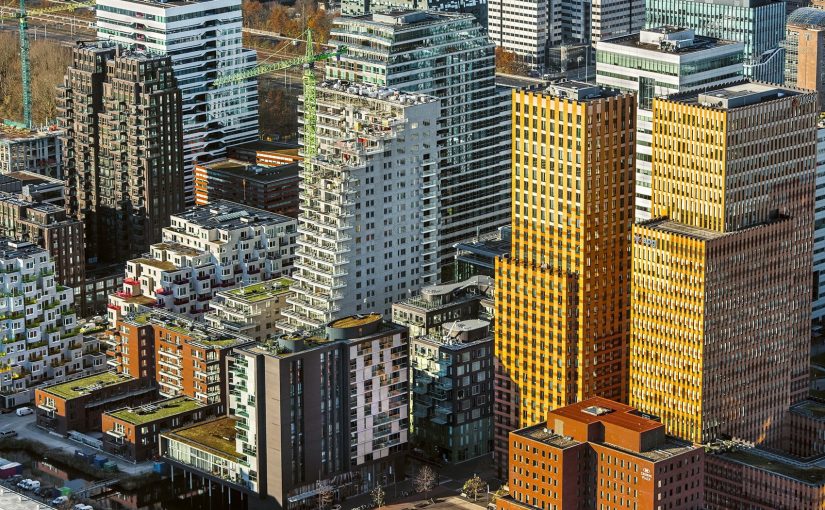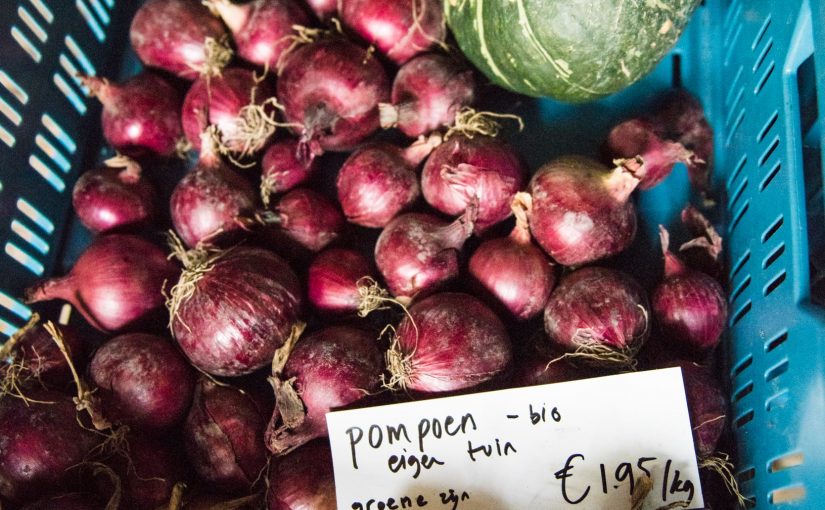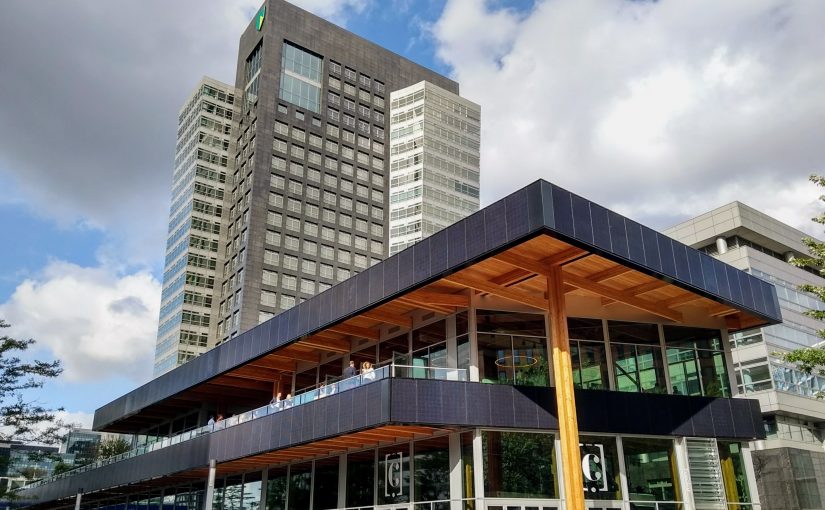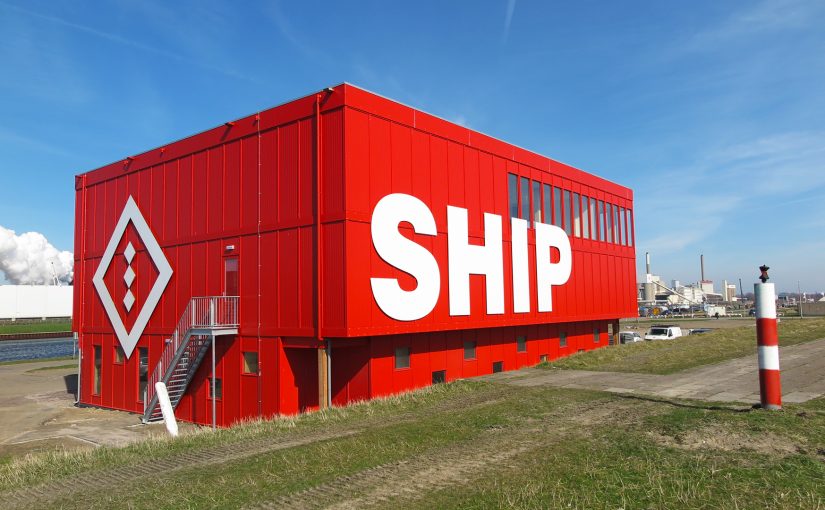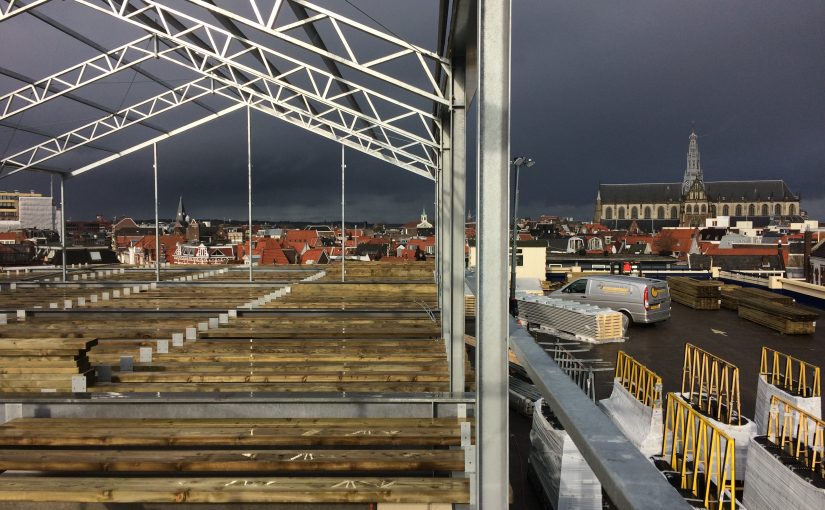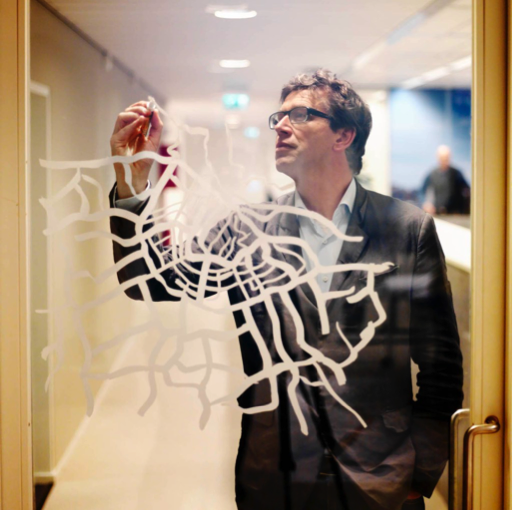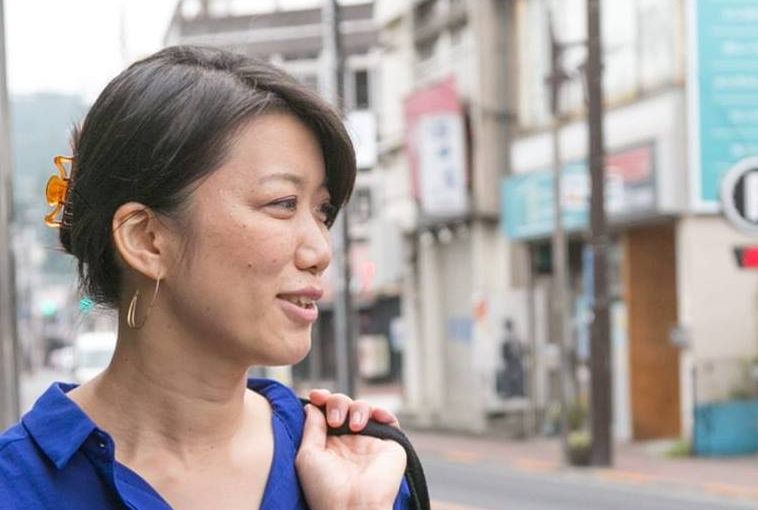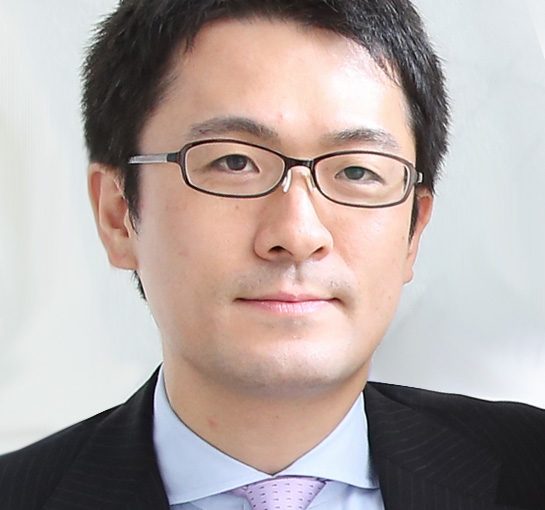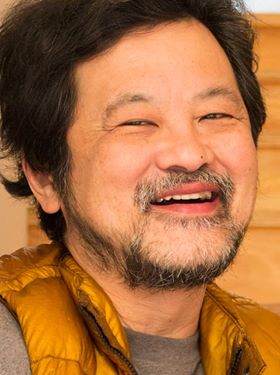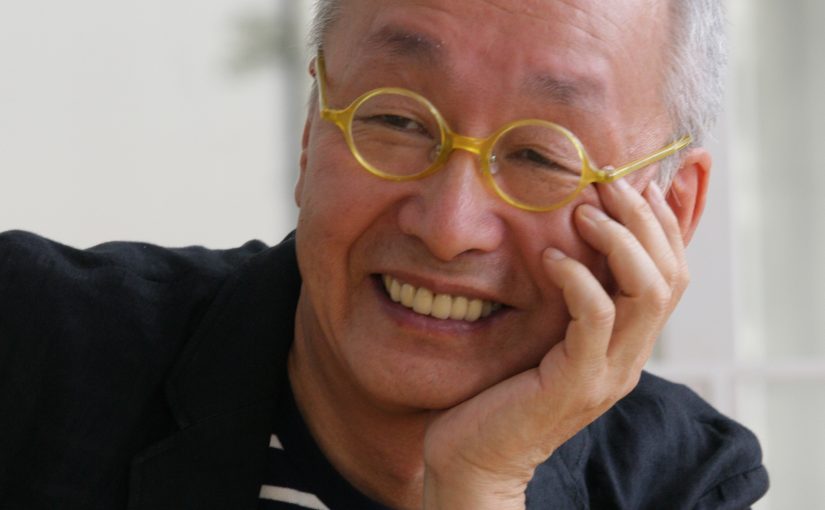Author: Anneleen van der Kolk
Day of Architecture at the Zuidas
After successful previous editions alongside the banks of the river IJ, in Buiksloterham and the Amstel Quarter, the Day of Architecture will visit no less than four locations in the city. June will be renamed to Month of Architecture, hosting four Days of Architecture. On Sunday 24 June, during WeMakeTheCity, Arcam (Architectural Centre Amsterdam) will
Rabobank Wants a Robust Food System in the region
How do we produce enough high quality food in the region of North Holland to feed our expanding regional cities?
As a main partner of WeMakeThe.City, Rabobank has adopted the theme ‘Food in the City and its Region’. Important issues need to be addressed over the next few years. How do we produce enough high quality food in the region of North Holland to feed our expanding regional cities? Which technological solutions should we allow? Which smart logistic systems can help us transport our regional produce to the customer in a sustainable way, via
On Thursday 21 June, all of the stakeholders from the metropolitan region will meet to inspire, share knowledge and commit to contributions for the coming years. WeMakeThe.
The City of Amsterdam as a Founding Partner
The first three editions of WeMakeThe.City (2018-2020) will be
ABN AMRO Pushes Circular Economy
As a lead partner on the topic of Circularity at WeMakeThe.City, ABN AMRO has the opportunity to share their knowledge and expertise with a broad target group: on
ABN AMRO wants to be the
ABN AMRO wants to guide the transition to a more circular economy. Companies taking the plunge and adopting a circular business model will be provided by the bank with support and new financing models. By 2020, the bank wishes to finance circular business assets of one billion euros through at least 100 deals across all sectors. The total reduction of emissions is to be at least one million tonnes of CO2.
By connecting and sharing knowledge to create an impact with clients and interested parties. By doing so, ABN AMRO helps Dutch companies make the most of the opportunities the circular economy has to offer. ABN AMRO experiments with circular projects, funding, business models and pricing. The bank connects various parties and shares its knowledge by means of industry publications, whitepapers, client workshops, events and tours at the
The circular pavilion
SHIP: the Making of the World’s Biggest Sea Lock
After having functioned for almost a century, the Noorder Lock in IJmuiden needs to be replaced: it’s too small to accommodate the large new sea ships. That’s why in 2016 the construction of the largest sea lock in the world started. The new 500 meters long, 70 meters wide and 18 meters deep lock guarantees large ships a safe passage through the North Sea Canal, even when the tide is low. The lock will be in function from the end of 2019 and from then on the Amsterdam
IJmuiden is home of the SHIP, the Lock Harbour Information Point. Visiting the construction site is impossible as the construction takes place on a small surface and mostly under water. This is why SHIP was developed: visitors can monitor the constructions and watch the permanent exhibition featuring a maquette of the lock complex and historic stories of lock keepers.
From Parking Deck to Greenhouse with a View!
DeDAKKAS is a green pavilion on the roof of parking garage De Kamp with a view over the historic center of Haarlem and the dunes behind it.
Four years ago, the initiators noticed the parking deck was almost always empty. What a pity! The 1973 garage is one of the ugliest buildings in the city, but you won’t notice it when you’re on its roof. You will be rewarded with the best view of town! The building is now being transformed. After a first start with the greening of the façade, the construction of the pavilion started in January. Hopefully, next spring, the guests will experience beautiful moments on the roof!
Zef Hemel
Zef Hemel is urban planner, is professor Urban and Regional Planning at the University of Amsterdam. While big pretentions in the past have jeopardized the future of urban planning, in his research and planning Zef Hemel tries to focus on its core: economy, ecology, democracy, art and imagination. He is searching for a new kind of open planning – a planning which can easily adjust to permanently changing circumstances and benefits from unexpected opportunities.
We must search for a new kind of open planning – a planning which can easily adjust to permanently changing circumstances and benefits from unexpected opportunities.
In all his planning projects, Hemel works with artists, invites them to engage with citizens, thus using the city as a ‘brain’, as a potential space of ‘collective intelligence’. Such a radically different – ‘open source’ – planning is needed, because the world is urbanizing fast and seems to be rushing into one crisis after another. Because of the growing complexity, the type of planning required is local, at the level of individual cities and their spheres of influence. The paradox is that this localized planning is global at the same time.
Junko Kunihiro
Junko Kunihiro is the town manager of Ome City Center Vitalization Council since 2013. Authorized by local government, and Chamber of Commerce and Industry, she organizes the area-management team. She plans and operates various projects to solve regional issues and improve the function of the degenerated city center.
She graduated from Keio University in economics in 1999 and subsequently worked at the Bank of Japan, Research
Shu Yamamura
Shu Yamamura is an urban planner and researcher. He is an assistant professor of Planning at the Department of Architecture at Waseda University, Tokyo. His research interests lie at the crossroads of interdisciplinary research between urban planning and social sciences. Current research projects and interests relate to creative industry clusters in Tokyo, knowledge-city policies, inner city problems and revitalization, and urban structural transformation of the Tokyo Metro Area.
Atsushi Miura
Atsushi Miura is a sociologist, marketing researcher and writer. He conducts research on consumer society, family, youth, social class, cities (especially on the transformation of suburbia) and other aspects of modern life. As a futurist, he proposes what he calls ‘social design’. His publications include ‘Lower-Class Society’, ‘Tokyo is Being Shrinked from the Suburbs’, and ‘The Rise of Sharing: Fourth-Stage Consumer Society in Japan’.
Hidetoshi Ohno
Hidetoshi Ohno is Emeritus Professor at the University of Tokyo and the principal of architectural firm APL design workshop. He has designed numerous architectural works and has been awarded major prizes. He published ‘Fibercity Tokyo 2050’ in 2006, which was welcomed with widespread international debates. In the updated publication in 2016 ‘Fiber City, A Vision for Cities in the Age of Shrinkage’, he proposes a new theory of urbanism for shrinking cities in the post-industrial era, connecting ‘fiber units’ in the city to redesign the information, transportation, and industrial networks, as well as the landscape.
